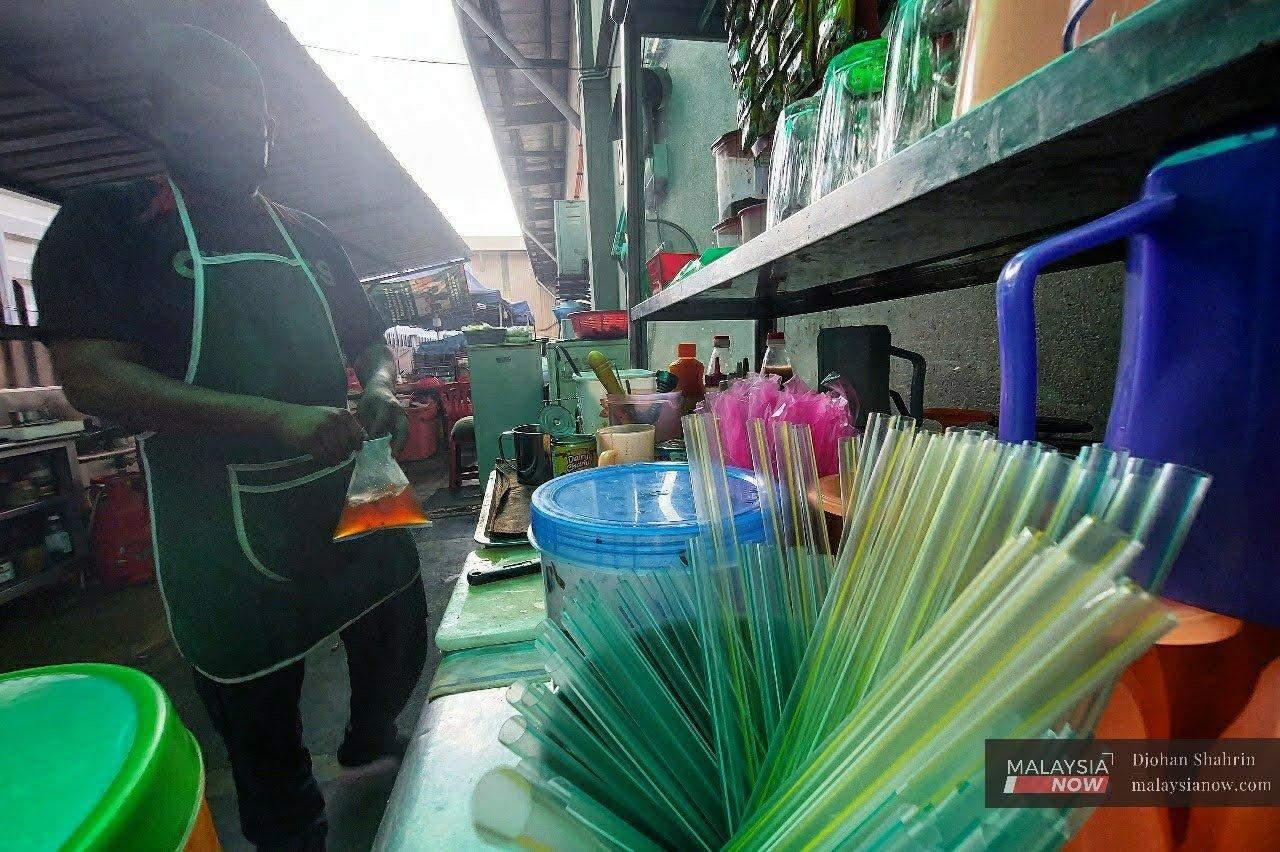Plastic bag charge won’t cut it, says activist in anti-pollution push
A more effective approach would be a holistic one targeted at enforcing alternative delivery systems based on re-use and refill.
Just In
Malaysians are the biggest consumers of single-use plastics in Asia, according to the World Wide Fund for Nature.
Each Malaysian uses and then discards around 17kg of plastic each year in the form of bags, cutlery, straws and other throwaway “conveniences”.
And much of that plastic ends up in the sea, making Malaysia the fifth worst global plastic polluter of the oceans.
And yet still most Malaysians are reluctant to give up single-use plastics.
Pollution caused by throwaway plastic can only be stopped by shifting away from the current model, says Heng Kiah Chun, a Greenpeace Malaysia campaigner.
“Charging for single-use plastics may discourage customers from using them but this alone isn’t going to put an end to this global crisis,” Heng told MalaysiaNow.
Single-use plastics account for most of the waste found on the world’s beaches and 12 million tonnes of that discarded rubbish then finds its way into the ocean each year.
Pollution is now a major concern among scientists and environmentalists as it negatively affects lives in many ways – from carbon emissions that threaten the climate to plastics that pollute waterways and damage marine life and ecosystems.
Research shows that single-use plastics account for most of the waste found on the world’s beaches and 12 million tonnes of that discarded rubbish then finds its way into the ocean each year.
Efforts to reduce single-use plastics are not effective as most shops and cafes still give away bags, cutlery and containers as a part of customer service and a polite gesture.
It’s because of this mindset that single-use, or disposable, plastics such as food wrapping, bottles, and straws make up nearly 40% of plastics used globally.
The government attempted to reduce plastic use and raise awareness among the public by imposing a charge for plastic carrier bags. However, it is not enough, says Heng.
“A more effective approach would be a holistic one targeted at enforcing alternative delivery systems based on re-use and refill,” he said.
“Legislative bans must be brought in to restrict single-use plastic packaging where viable substitutes already exist.”
Items such as cutlery in eateries, plastic film in supermarkets, and plastic microbeads in cosmetics are still widely used despite alternatives being available, Heng said.
Extended producer responsibility (EPR) is an approach which gives producers a significant financial or physical responsibility for treating or disposing of post-consumer products.
“While individual actions are important, they will never bring about changes at the scale needed.”
“Use EPR to internalise costs and avoid certain types of marine plastic pollution, most notably single-use packaging items including via deposit return systems,” Heng said.
Many companies are coming up with alternatives to plastic packaging by moving away from fossil-derived plastic to paper-based and bio-based plastics which are often wrongly promoted as biodegradable.
Heng highlighted that a better approach is to encourage research into alternative delivery systems to facilitate re-use and repair instead of simply moving to alternative single-use materials or bio-based plastics.
As for consumers, raising awareness and shifting attitudes is necessary. People must be made aware of the effects of the unsustainable throwaway culture on climate change, he said.
“Nearly every piece of plastic begins as a fossil fuel, and greenhouse gases are emitted at each stage of its lifecycle, from its extraction and transport, refining and manufacture to its ultimate disposal.”
Other efforts such as recognising plastic as a valuable resource by giving it a price, designing products and packaging to fit existing or future recycling systems and improving transparency on the chemicals contained in plastics by providing more information can collectively help to overcome this problem, he said.
“Corporations responsible for this mess should take the lead in creating breakthrough delivery systems that perform the functions of single-use plastics and are convenient for people to use.”
Heng claims that manufacturers have long put the blame on individual consumers while continuing to maximise profits by churning out single-use plastics.
“While individual actions are important, they will never bring about changes at the scale needed. The real responsibility lies with the corporations and governments who continue to push people into this system.”
Subscribe to our newsletter
To be updated with all the latest news and analyses daily.
